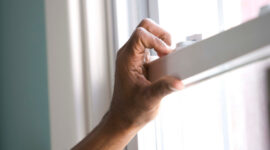
40 top scientists call on the WHO to mandate new standards in order to combat airborne spread of viruses indoors
27.05.2021
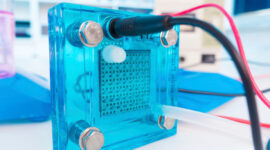
Estonian Team Set to Develop Microscale Fuel Cells to Power Small Devices
26.05.2021
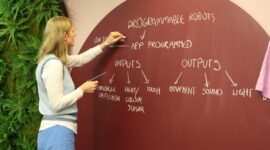
Sustaining Technology Enhanced Learning Innovations in Teachers’ Classroom Practices
20.05.2021
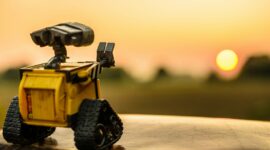
Apocalypse-free robots
12.05.2021
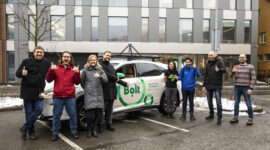
UT and Bolt expand collaboration to develop IT solutions for self-driving vehicles
03.05.2021
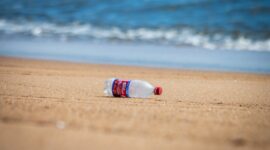
In the Future, Marine Pollution Could Be Monitored by Drones Looking Like Seaweed
29.04.2021

University of Tartu and Cybernetica cooperate to study quantum-safe cryptography
28.04.2021
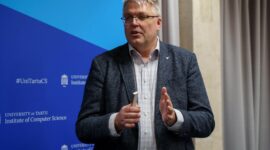
University of Tartu’s Jaak Vilo on Meeting Estonia, and the World’s, Computer Science Needs
19.04.2021
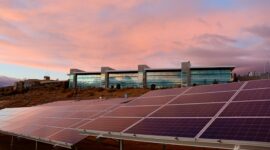
Photovoltaic Glass Makes Windows a Source of Electricity
16.04.2021

Innovative Secure Integrated Circuit Technology Makes Any Sort of Reverse Engineering and Espionage Virtually Impossible
16.03.2021

Tallinn University of Technology and Skeleton Technologies Enter Cooperation Agreement to Turn Estonia into a Hub in Energy Storage and Development
10.03.2021
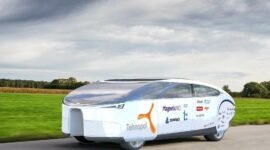
Estonian Team Readies Solar Vehicle for High Stakes International Race
08.03.2021
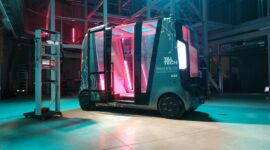
TalTech researchers developing a Digital Twin for Propulsion Drive of Autonomous Electric Vehicle
05.03.2021
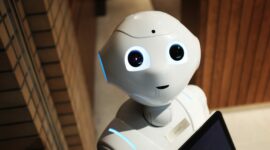
Civitta Tapped to Lead €3M European Robotics Project
22.02.2021
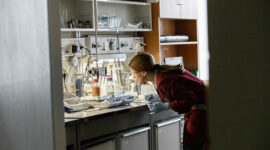
Why mine the phosphorus if there is plenty of it in the wastewater?
15.02.2021

Estonian lead technology project received €7.5 million for building a cosmic tomograph
03.02.2021

Vacuum-insulated tanks would take the renewable energy system to a new level
28.01.2021

After Tumultuous Year, Tehnopol’s Connected Health Cluster Prepares to Support More Research Projects in 2021
20.01.2021
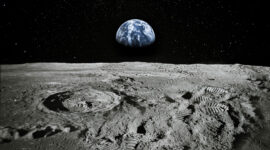
Estonians will provide stereo cameras to Maxar Technologies for NASA’s Artemis lunar program
12.01.2021
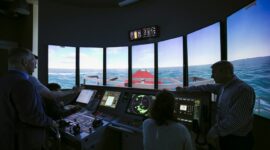
TalTech Investigators Awarded €2.5M to Advance Research in Maritime Cybersecurity
04.01.2021
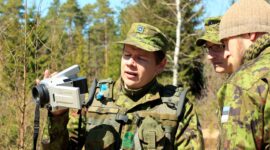
TalTech’s PhD thesis introduces new possibilities of electronic warfare to Estonian Defence Forces
17.12.2020
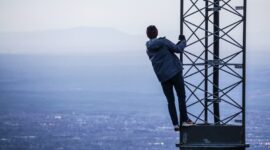
With 5G-Routes, Estonian Scientists, Industry Partners Strive for Regional Interoperability
09.12.2020
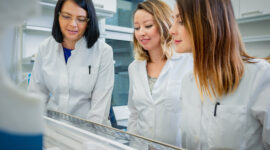
The new generation solar cells contribute to the green energy revolution
08.12.2020
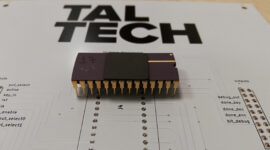
New European Research Exchange to Improve Estonian Hardware Security Expertise
01.12.2020